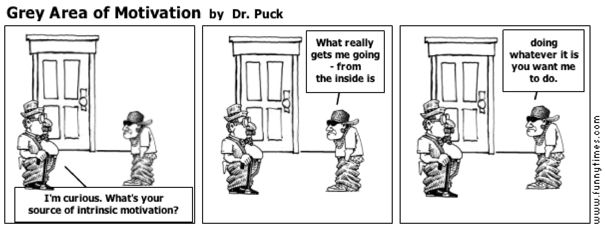
Neurotransmitters are chemicals held in the terminal buttons.
A Synapse is a structure that permits a neuron to pass a chemical or electrical signal to another cell.
Electro-chemical process- Electrical- inside the neuron Chemical- outside the neuron. Firing is called action potential.
All or None Principle- The idea that the neuron either fires or does not. (like a gun)
Neurotransmitters- Chemical messengers released by terminal buttons through the synapse.
4 types of Neurotransmitters
1.) Acetylcholine (ACH) Deals with motor movement and memory, lack of ACH is linked to Alzheimers.2.) Dopamine Deals with motor movement and alertness, lack of dopamine linked to Parkinson's
3.) Serotonin is involved in mood control, lack of serotonin has been linked to depression.
4.) Endorphins are involved in pain control, many of our addictive drugs deal with endorphins

Sensory neurons take information from the brain.
Inter-neurons take messages from the sensory neurons to other parts of the brain.
Motor neurons take information from brain to rest of the body.





